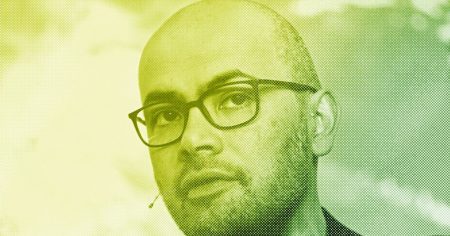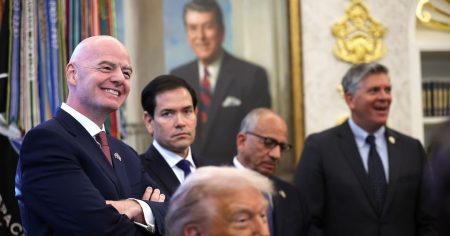Bruce Werner specializes in governance, strategy, finance and M&A. Author & Experienced Outside Director. Kona Advisors LLC.
When a family wants to retain ownership of its business but does not have a successor CEO within the family, it needs to wrestle with the transition. While this requires traditional management succession planning, it also requires the family to prepare itself for owning but not running the business. There are a few cautions to be aware of before engaging in this issue.
First, this is a process to be managed, not a project. Managing the process at the macro level is different from executing the various pieces of it. Second, you may need more than one professional to manage this process, as it requires a variety of skill sets. Lawyers, accountants, consultants and therapists are all likely to be involved at some point. Good professionals will coordinate their services for the benefit of the client.
While cost is always a concern, this work will be spread over months and years. So, instead of worrying about the total cost, think about the monthly spend to fund this effort. It is a cost of doing business and of being a successful family business.
Considering The Macro Level
In a recent situation, the family leadership intended to retire within a few years, and there was no succession plan. Further, most of the family members had not saved for their retirement, so financial security was also a concern. Others were hesitant to retire since they didn’t know what they were going to do after leaving the business.
This was a second-generation service business, and the elderly mother, while not active, still controlled the major decisions, even though the three adult children had been running the business for years. The business was substantial, and the family had amassed wealth. But, the family was not comfortable spending much money on themselves, even for things that would not be considered wasteful or luxurious.
After working with the family, it became clear that three questions would drive the outcome.
1. What Is The Purpose Of The Wealth?
The family had enough wealth that current income was not an issue, but their attitude prevented them from using the wealth for the practical benefit of the family. Since the working family had not saved for retirement, the obvious answer was to deploy their financial assets to maintain financial security, knowing that this supplemental income would still not diminish their portfolio long-term. But doing so was emotionally difficult, and that problem had to be solved.
Family members need to decide what to do with the wealth they worked so hard to create. This will impact the next generations, and they should have a purposeful intention and not leave this issue to whims.
2. Do They Intend To Keep The Business When Mom Is Gone?
It is common for the surviving parent to hold the family together, and then the family falls apart after their departure. The business usually gets sold since the controlling family members can’t work together effectively. So, if the siblings wanted to keep the business for their children, they had to learn to work together without Mom’s oversight and coercion.
3. How Do They Intend To Make Decisions When Mom No Longer Does?
This was the tough issue. Family businesses need to develop mechanisms to make difficult decisions without a parent being the tiebreaker. They had no experience here, as they had not yet identified this as an issue. These issues had paralyzed the working family members with regards to developing their successors.
Families need to wrestle with these macro issues first, then turn their attention to more practical matters.
Preparing For The Next Steps
Here are the issues to solve next.
1. Financial Security For Retiring Family Leadership
To maintain their current lifestyle, the simple solution was to distribute amounts equal to their after-tax W-2 income from their investment portfolio. Since this was less than 3% of the portfolio, we knew that it was not a major financial risk for the family. That was the easy part.
Maintaining the discipline to not increase distributions above that level was a concern. The business was nicely profitable but did not have a distribution policy. So, in addition to the nominal retirement plans, we examined a supplemental retirement plan and a distribution plan for the family members. These ideas allowed us to provide financial security without burdening the business or the portfolio.
2. Personal Transition Plans
Family members will be reluctant to leave if they don’t know where they are going, so for each individual, a personal transition plan is important. Discuss what daily life will be like in retirement. Focus on joys, and identify and hedge fears. Make sure everyone is excited about where they are going and not focused on what they are leaving.
3. Governance Processes
The business did not have a functioning board of advisors or board of directors since Mom made all important decisions. They came to understand that over the next few years, the entire management team would be non-family, and they needed a mechanism to protect ownership by creating appropriate oversight and controls.
The first step was to create a board of advisors, with outsiders, so that the family became used to having outsiders involved in key decisions. It was agreed that when there was no family in the business, the board would evolve into a fiduciary board. We also knew that a strong fiduciary board would help in recruiting top talent since it would insulate the professional managers from the family issues.
Once preparations are in place, individuals often feel secure and empowered to engage in succession planning. This approach allows families to consider equity-linked incentives to secure good talent. No change in ownership is required, and the retiring family members can get excited to know they can pass the business to their children, even though none of the next generation would work there.
Forbes Business Council is the foremost growth and networking organization for business owners and leaders. Do I qualify?
Read the full article here










